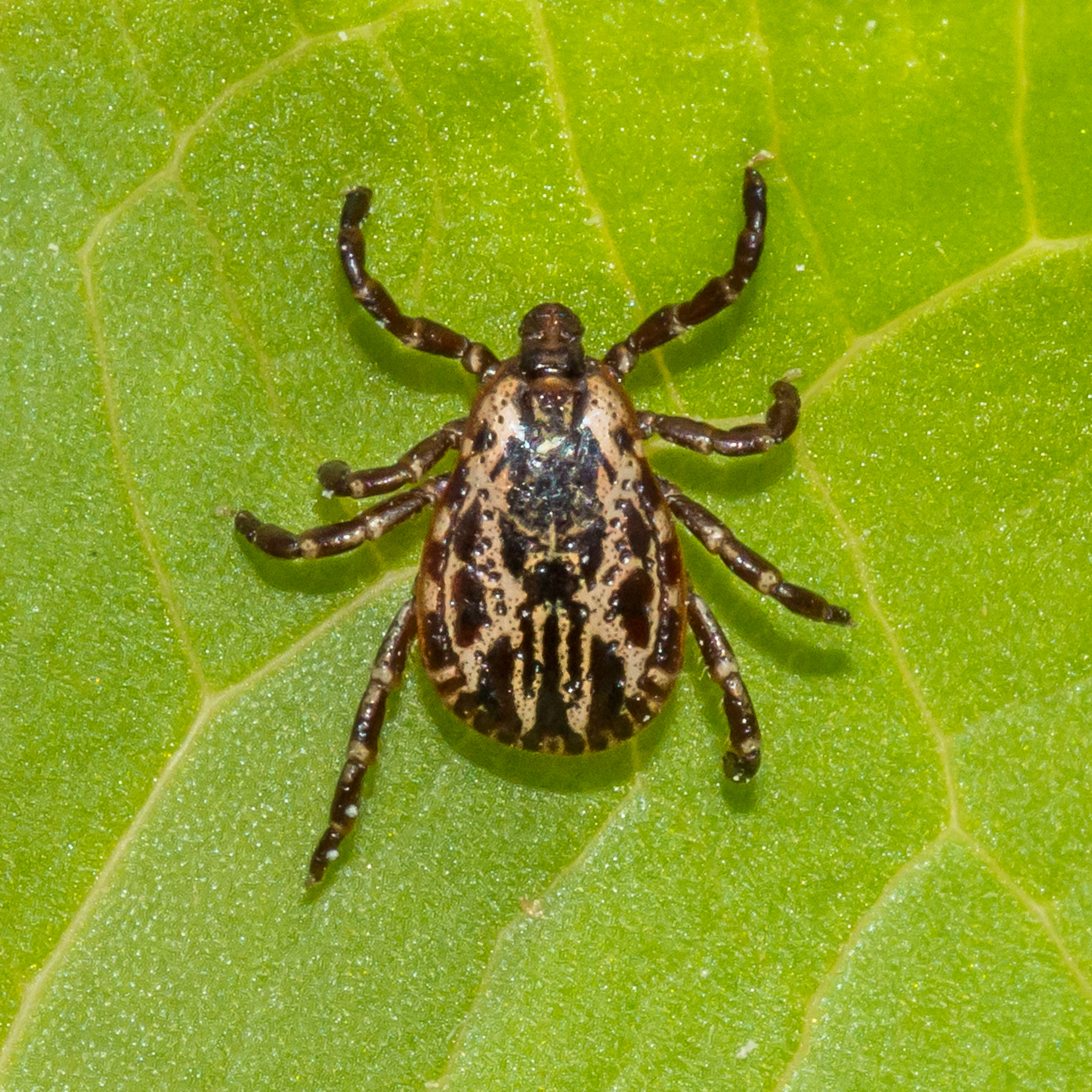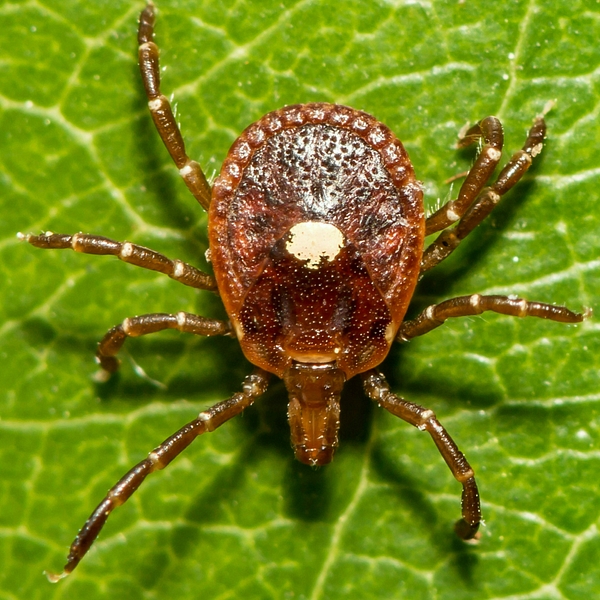While you are enjoying the warmer months of the year outdoors, be aware that ticks are also out and about. After the mild winter we had here in the U.S., there is the potential for ticks to be present in high numbers. It is important to know how to navigate these pests and protect yourself and your loved ones from their harmful effects.
Ticks, small arachnids that feed on the blood of animals, including humans, are notorious for transmitting various diseases, making them a significant concern for public health. Although tick species vary, they share common characteristics:
Size: Ticks come in different sizes depending on their life stage and species. They typically range from about 1 to 5 millimeters in length. However, after feeding on blood, ticks can expand in size.
Body Shape: Ticks have a flattened and oval-shaped body. While their body shape may differ slightly among species, they generally become more compact, taller, and wider when engorged with blood.
Color: The color of ticks also varies depending on the species and life stage. Common colors include brown, black, or reddish-brown. Some ticks may have patterns or markings on their bodies, such as white or lighter-colored spots or stripes.
Legs: Ticks have eight legs attached to the sides of their bodies. These legs are typically relatively long compared to their body size, and their length and shape can provide clues about the tick species.
Head and Mouthparts: Ticks have a relatively small, fused head. Their mouthparts are designed for piercing the host's skin and extracting blood. These mouthparts include chelicerae, a pair of hooked structures, and a central structure called the hypostome, which features backward-facing barbs for anchoring to the host's skin.
Overall, ticks have a distinct appearance with their small, oval-shaped bodies, eight legs, and mouthparts specialized for blood feeding. These pests not only pose a threat to humans but also pets and livestock. Therefore, it's important to be able to recognize ticks to take appropriate precautions and respond if you encounter one. Below are some common ticks in the United States.
Deer Tick & Engorged Deer Tick:


Male & Female American Dog Tick:


Lone Star Tick:

The timing of tick season varies by region, but it generally stretches from April to October. Ticks are mostly dormant during the cold winter months and emerge as temperatures rise, although they can still be active on warm winter days. Memorial Day often marks the start of the season, as that's when people in states with colder weather begin spending more time outdoors.

Ticks are attracted to warm and moist environments, seeking shade and hiding places. Tall grass, ground cover, and shrubs are a few of their favorite hiding spots. They can be found in shady and moist areas, typically around ground level. You'll often find ticks clinging to tall grass and low shrubs, ready to jump onto their next host. Around your home, ticks can be found in your lawn, garden, and around the edges of woods and forests.
Preventing tick bites is crucial in safeguarding yourself and loved ones from tick-borne diseases. Here are some tips to help you treat and prevent ticks:
- Take precautions in your yard: If you find a tick on your pet, there is a good chance they picked it up from your yard. Understanding where ticks live in your yard will help when it comes time to treat for an infestation. Your yard may be the source of ticks your pets pick up. Inspect areas like dense brush, piles of yard debris, and your pet's favorite outdoor spots using a bright flashlight. You may also check if your lawn has ticks by attaching a white towel to a rod or stick and drag it over areas you suspect might have ticks. Ticks will often climb onto the towel, helping you locate them.
- Create a tick-free environment: Make your yard less appealing to ticks by removing leaf litter, clearing tall grasses and brush, and placing a 3-ft wide barrier of wood chips or gravel between lawns and wooded areas. Frequent lawn mowing, neatly stacked and dry wood storage, and keeping playground equipment away from yard edges and trees can also reduce tick populations. Constructing fences helps deter unwelcome animals. Additionally, remove old furniture, mattresses, or trash that may provide hiding places for ticks. You can treat ticks in your lawn with DuoCide.
- Personal protection: Take precautions when spending time outdoors, especially in tick-prone areas. Wear light-colored clothing, including long-sleeved shirts, and tuck them into your pants. Tuck your pants into your socks or boots to create a barrier against ticks. Regularly check your clothing for ticks and conduct a more thorough inspection during showers. Pay particular attention to areas like the scalp, behind the ears, underarms, and groin area.
- Proper tick removal: If you find an attached tick, proper removal is crucial. Avoid crushing or puncturing the tick to reduce the risk of disease transmission. Use pointed tweezers or a tick removal tool to grasp the tick as close to the skin as possible. Apply steady, even pressure and pull straight up and out. After removal, wash the site, your hands, and the tool with soap and warm water. Place the tick in a container with rubbing alcohol and record the likely attachment day. If flu-like symptoms or a rash develop, bring the tick to a healthcare professional for evaluation.
By following these preventive measures and being vigilant about tick bites, you can reduce the risk of tick-borne diseases and enjoy the warmer months outdoors with peace of mind. Keep your yard as tick-free as possible, take personal protective measures, and promptly address any potential tick bites to ensure a safe and enjoyable outdoor experience.





